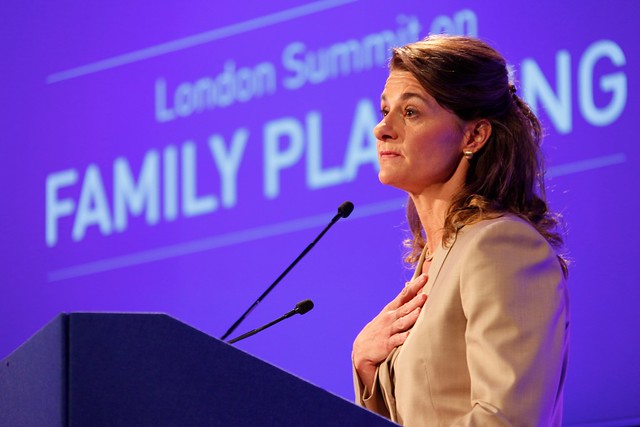-
Manipadma Jena, Inter Press Service
A Lake of Hope and Conflict
›October 4, 2012 // By Wilson Center Staff
The original version of this article, by Manipadma Jena, appeared on Inter Press Service.
Parvez Ahmad Dar climbs three hours to reach the hilltop, generator-equipped tourist center in Ajaf village, 35 kilometers from Srinagar, to recharge his mobile phone.
The 46-year-old president of the Wular Valley People’s Welfare Forum is in high demand as an activist and organizer – he cannot allow the long power outages in northern India’s Kashmir Valley to cut off communication with his constituency.
-
Immediate Action Needed for Gaza to be Livable in 2020, Says UN Report
›October 3, 2012 // By Kate Diamond
Eight years from now, the Gaza Strip will have “virtually no reliable access to sources of safe drinking water, standards of healthcare and education will have continued to decline, and the vision of affordable and reliable electricity for all will have become a distant memory for most,” according to a United Nations report released last month. The bleak assessment concludes that without immediate action to address immense and interconnected economic, demographic, environmental, infrastructure, and social challenges facing Gazans, “the already high number of poor, marginalized and food-insecure people depending on assistance will not have changed, and in all likelihood will have increased.”
-
Maintaining the Momentum: Highlights From the 2012 London Summit on Family Planning
›
This summer, 26 countries and private donors met at the London Summit on Family Planning to pledge $2.6 billion to expand family planning services to 120 million more women in the poorest countries around the world. But while the summit renewed focus on reproductive health with its ambitious target, “we’re now at that point where we have to really sit down and work through” how to achieve that goal, said Julia Bunting of the UK’s Department for International Development at the Wilson Center on September 17. [Video Below]
-
Water and Land Conflict in Kenya in the Wake of Climate Change
›
Earlier this month, there was a flurry of stories about brutal mass killings in clashes between the Pokomo and Orma communities over water and land in southeast Kenya’s Tana River County. The Kenyan media reported that about 30 people, including eight security personnel, had been killed and scores wounded, and reports on the death toll since last month are more than 100.
-
Kate Gilles and Marissa Pine Yeakey, Behind the Numbers
World Contraception Day
›
The original version of this article, by Kate Gilles and Marissa Pine Yeakey, appeared on the Population Reference Bureau’s Behind the Numbers blog.
World Contraception Day “centers around a vision for a world where every pregnancy is wanted,” with a goal of enabling “young people to make informed choices on their sexual and reproductive health.”
-
Green Solutions for Africa’s Urban Food Security
›September 26, 2012 // By Payal Chandiramani
Following the steady economic growth that many African countries have experienced in recent years and continued population growth, urbanization has accelerated rapidly on the continent as people turn to cities to take advantage of new economic opportunities. But growing cities have led to another problem. According to a new Food and Agriculture Organization (FAO) report, Growing Greener Cities in Africa, urban populations are exceeding the capacity of African cities to provide food for them, putting nearly 300 million people at risk of hunger and malnutrition, and greener strategies – urban agriculture and better water use – could help considerably.
-
After the London Summit on Family Planning: What Happens Now?
›September 21, 2012 // By Carolyn LamerePeople are still talking about this summer’s London Summit on Family Planning, which was hosted by the Bill and Melinda Gates Foundation and the UK’s Department of International Development (DIFD) on July 11. On Monday here at the Wilson Center, the Environmental Change and Security Program featured representatives from USAID, DFID, and Gates Foundation for a standing-room only panel discussion of the landmark event.
-
The Challenges and Benefits of Addressing Young Adolescent Reproductive Health
›There are 1.2 billion adolescents (ages 10 to 19) in the world today, accounting for 17 percent of the global population. They are the largest youth cohort in history, and 90 percent live in the developing world. Within that broad age group, very young adolescents (ages 10 to 14) often fall through the cracks of international development work, especially when it comes to health, and reproductive health in particular.
Showing posts from category development.









